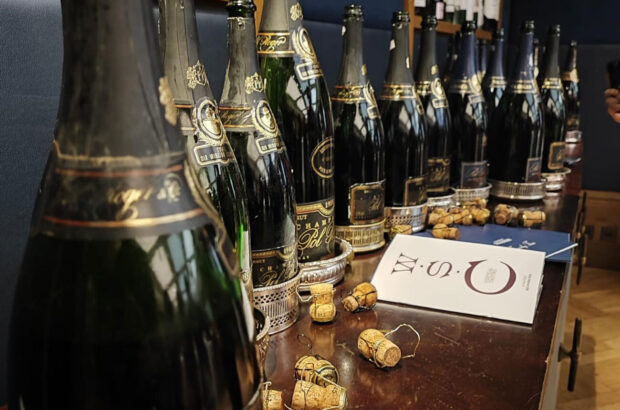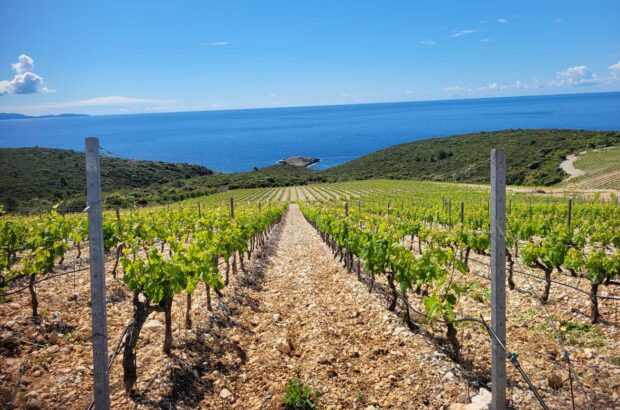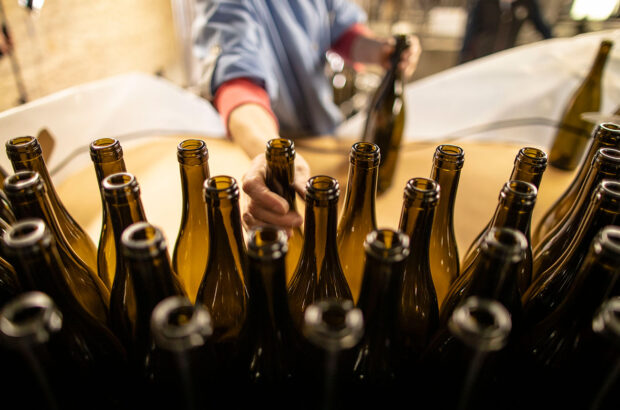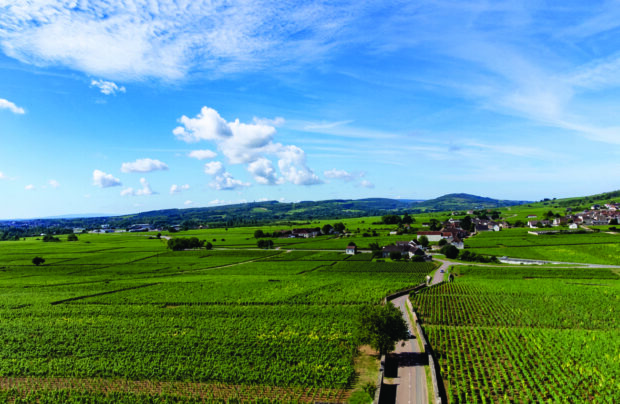I’ll just come right out and say it: California, candidly, does not really deliver particularly good value nor produce ‘classic’ irreplaceable wines. Our wines are sunny and clean and have a slightly irrational exuberance, making them pleasant enough to drink but not complex enough to truly obsess upon. Few of them touch our souls, haunt us, make us need to taste them over again. I believe we small producers in California will have to learn how to make wines that can do this if we are to survive.
My deepest belief is that a compelling wine has to be more than a collection of favourable flavour characteristics. It has to be about something, ideally about the place from where it is derived; it has to inspire consumers, elevate them, make them believe that the universe is incrementally more wondrous than they had previously believed.
What gives one pause, of course, is the bewildering array of possibilities for those of us planting vineyards de novo. What to grow? How to grow it? But, most importantly, where to grow it? The terrible truth is that as much as we (mostly) technocratic grape-growers imagine that the sum of our viticultural choices will be the key determinant of grape quality, it is, I believe, the extraordinary element of luck (or inspiration) in our initial site selection that counts for most.
With time, luck and greater understanding, we will discover some great sites for vineyards and viticultural progress will occur. But what most interests me these days is the idea that, largely unfettered by regulation, we in California can implement creative planting initiatives – from ‘wilding’ our vineyards, to using soil supplements to supercharge the soil biota, and introducing new, potentially more complex planting material.
I am myself interested in the idea of building greater complexity through extreme genetic diversity, through an array of either self-crossed varieties selected for their unique qualities or uniquely new varieties from common parents.
I’ve recently come to think that while it may be theoretically possible to arrive at an ‘uber-cépage’ – ie, one with superior characteristics to its parent, or better adapted to its new environs than the parent – a selection of biotypes with slightly outré (as well as ‘classic’) characteristics could well impart unique complexity and distinction to a blend of biotypes. Maybe one’s uber-cépage is a composite of multiple biotypes, each with strong and distinctive characteristics; to paraphrase Hillary Clinton: ‘It takes a village (wine)’.
The second route I’m taking – the breeding of new vinifera varieties from distinctly different lineages – is a long shot, to be sure. The real value in this exercise may not ultimately be the creation of a new and distinctive grape variety – there are plenty of extant brilliant grape varieties anxious for their close-up – but rather, by making a field blend of extreme genetic diversity, varietal expression will be suppressed, the better to allow the expression of unique soil characteristics.
We know that varieties considered ‘neutral’ in character (Chasselas, País, to consider but two) with a certain ‘openness’ on the palate, can be ideal carriers for the expression of soil characteristics.
In light of intense worldwide competition and the fact that the economics are not conducive to producing inexpensive, quasi-commodity wines in the cooler, coastal climes of California, our mission must be to produce startlingly original wines of great and unique beauty, and we must use the advantages that we have – long, (mostly) predictable growing seasons and relative freedom from regulation – to arrive at distinctive, haunting wines that could come from no other place.
We in California will have to learn how to become, first, strong terroir detectors – that is to say, strongly attentive to unusually expressive sites. But once a site has been identified, we need to create a methodology that will enable unique site/soil characteristics to emerge, and provide a greater range of flavour characteristics, all of which will need fine-tuning as we learn and grow with the vineyard. We might (or should) not be able to steer the course in a precise, determinant direction, but rather work out how to create the conditions to ensure an interesting and fulfilling journey.
In my glass this month:
I have consistently adored Clos Cibonne’s Côtes de Provence pink wines, but have not truly grokked the red until recently.
Not unlike Ligurian Rossese – a wine ‘made from open spaces’ – the Clos Cibonne Cuvée Spéciale Tibouren 2020 (£26 Theatre of Wine) presents very modestly at first and continues to grow and evolve in aromatic intensity and perceived weight and volume in the glass.
A clutch of small red fruits with a discreet herbal background make this a perfect summer wine, served on the cool side al fresco.











